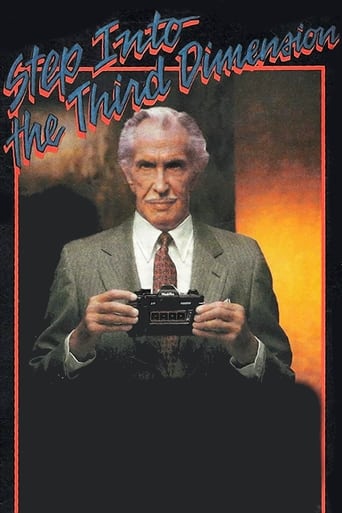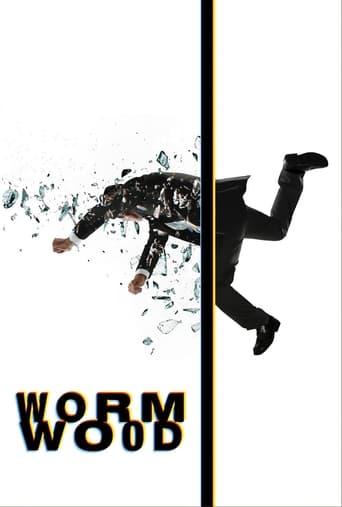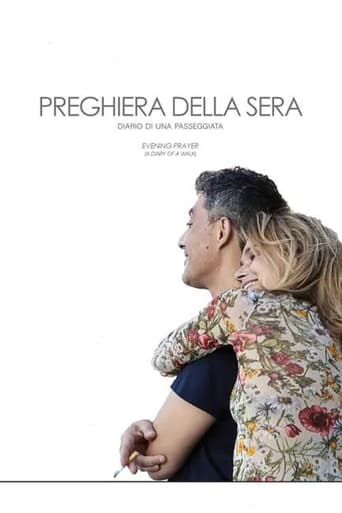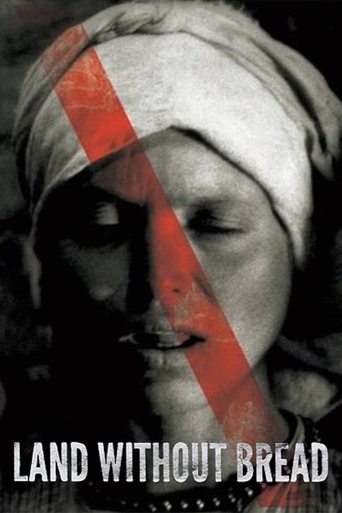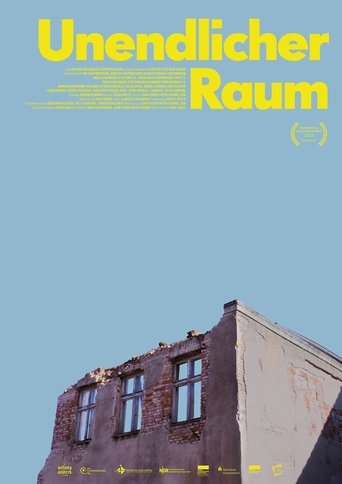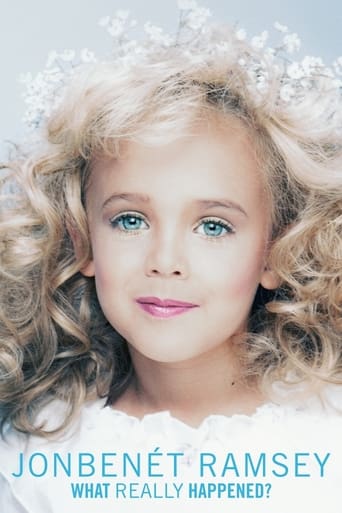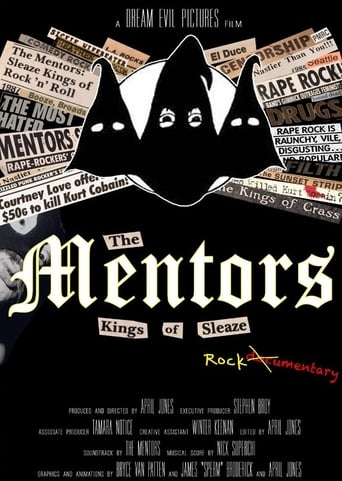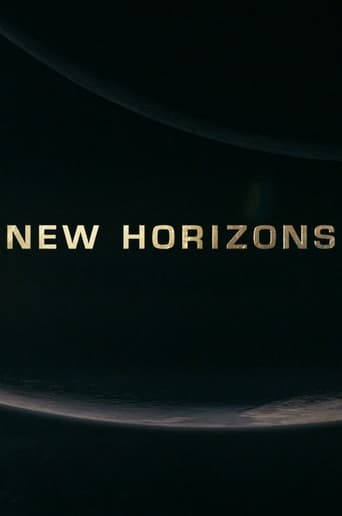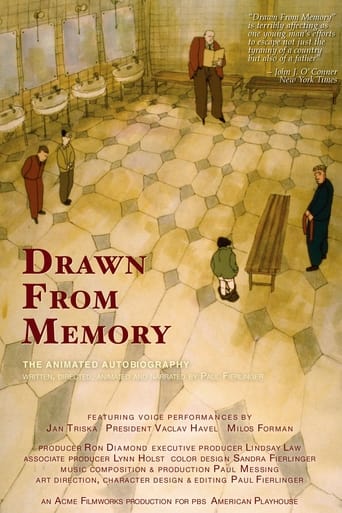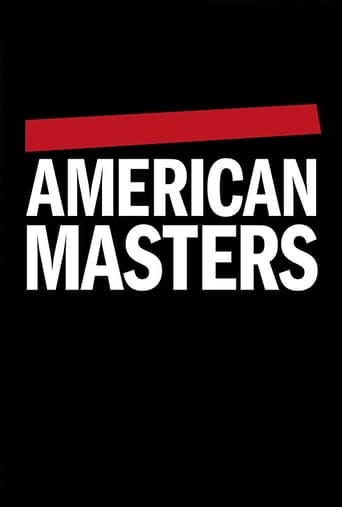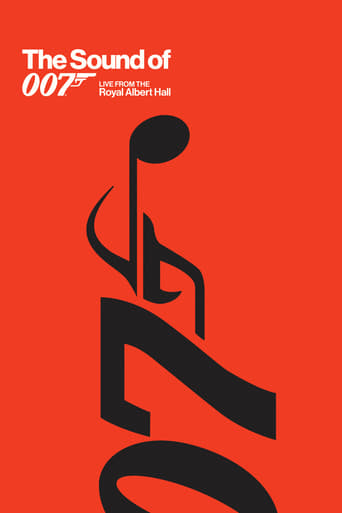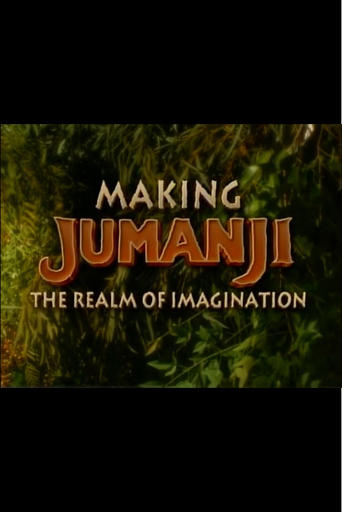08 May 2006
Ulrike Meinhof
The authors Johannes Unger and Sascha Adamek follow the traces of Ulrike Meinhof's life. In the documentary, contemporary witnesses who knew Ulrike Meinhof directly and experienced her path from different perspectives have their say: publisher Klaus Wagenbach, Spiegel editor-in-chief Stefan Aust, Meinhof friends Peggy Parnass and Erika Runge, RAF members Monika Berberich and Manfred Grashof, friends and neighbors from her youth and journalist Bettina Röhl, Ulrike Meinhof's daughter.
